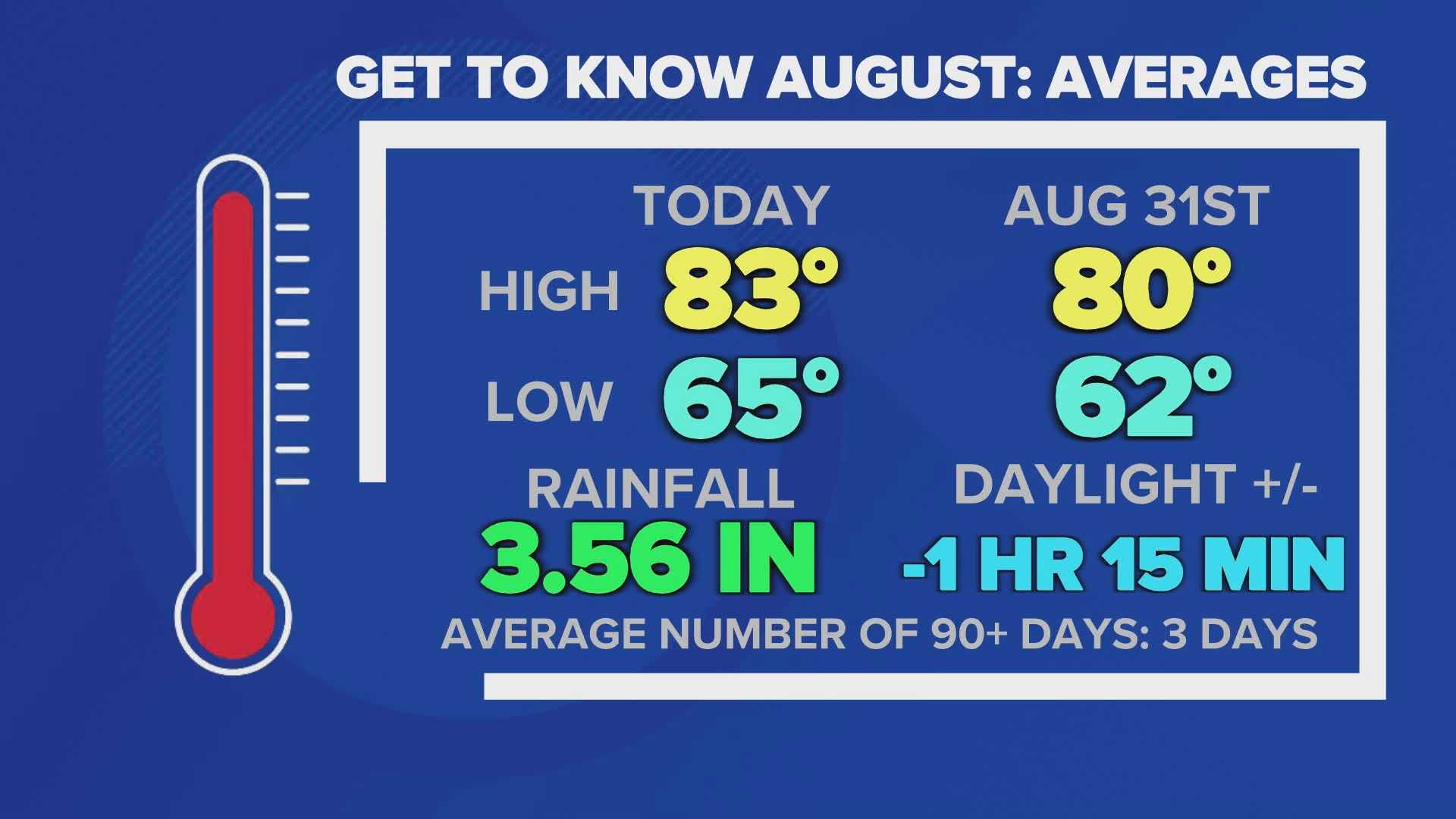News
Cool August Weather Hits Northeast Ohio with Early Fall Chill

CLEVELAND, Ohio — Northeast Ohio is experiencing an unusual end to August this year, feeling more like fall than summer. The cool air moving in from Canada has kept temperatures 10 to 15 degrees below the average high of 81 degrees, marking a significant shift during the last week of meteorological summer, which spans from June 1 to Aug. 31.
This change in weather contrasts sharply with late August 2024 when temperatures peaked at 95 degrees on both Aug. 27 and Aug. 30. Last year’s highs were about 15 degrees hotter than the norm for this time of year.
Currently, Cleveland residents are seeing a rare period of fall-like air. The last ten days of August usually witness heat waves, yet late-August cool snaps aren’t unheard of. Historical data from Cleveland Hopkins International Airport, dating back to 1938, reveals 42 instances where temperatures remained below the 60s during this period. The coldest recorded temperature during these days was a mere 58 degrees on Aug. 25, 1940.
While daytime highs have dipped this month, overnight temperatures have not dropped as sharply. From Aug. 22 to Aug. 26, lows at the airport ranged from 53 to 62 degrees, just below the late-August average of 63 degrees. The coolest night occurred on Aug. 26, hitting 53 degrees, close to the record low of 47 set in 1958.
Forecasts suggest that lows will remain in the 50s, possibly challenging historical records. Historical records show that the low temperature at the airport has fallen below 50 degrees only 48 times during the final stretch of August. In 1982, conditions were even chillier, with lows dipping into the 30s.
This year’s late-August chill is noted more for consistency than record-breaking lows. Between Aug. 22 and 26, average high and low temperatures hovered about 10 degrees cooler than usual during the day. If these patterns continue, the last week of August 2025 could rank among the cooler ones on record, though not matching the extremes of years like 1940 or 1982.












